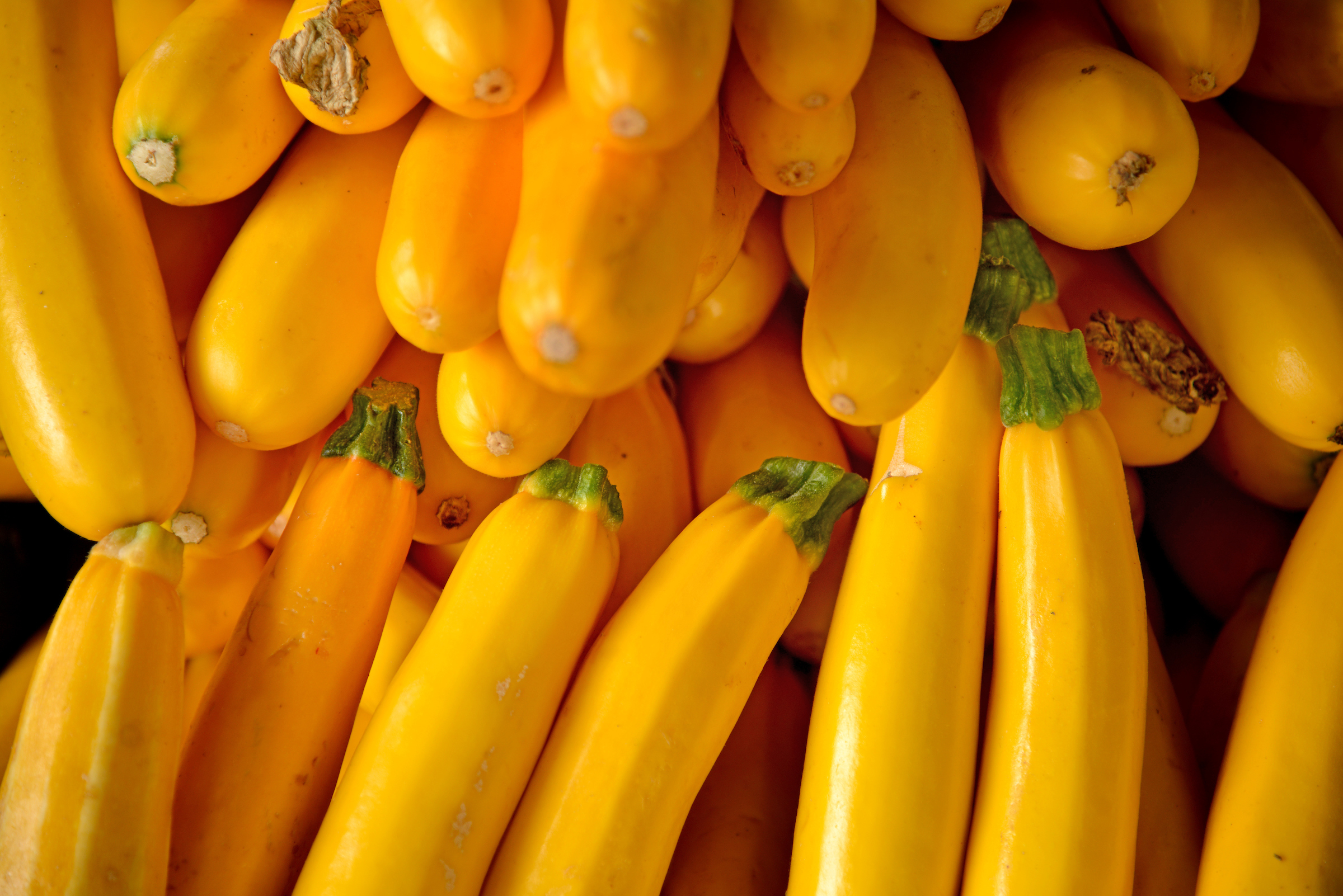Basics for Growing Squash
go.ncsu.edu/readext?682859
en Español / em Português
El inglés es el idioma de control de esta página. En la medida en que haya algún conflicto entre la traducción al inglés y la traducción, el inglés prevalece.
Al hacer clic en el enlace de traducción se activa un servicio de traducción gratuito para convertir la página al español. Al igual que con cualquier traducción por Internet, la conversión no es sensible al contexto y puede que no traduzca el texto en su significado original. NC State Extension no garantiza la exactitud del texto traducido. Por favor, tenga en cuenta que algunas aplicaciones y/o servicios pueden no funcionar como se espera cuando se traducen.
Português
Inglês é o idioma de controle desta página. Na medida que haja algum conflito entre o texto original em Inglês e a tradução, o Inglês prevalece.
Ao clicar no link de tradução, um serviço gratuito de tradução será ativado para converter a página para o Português. Como em qualquer tradução pela internet, a conversão não é sensivel ao contexto e pode não ocorrer a tradução para o significado orginal. O serviço de Extensão da Carolina do Norte (NC State Extension) não garante a exatidão do texto traduzido. Por favor, observe que algumas funções ou serviços podem não funcionar como esperado após a tradução.
English
English is the controlling language of this page. To the extent there is any conflict between the English text and the translation, English controls.
Clicking on the translation link activates a free translation service to convert the page to Spanish. As with any Internet translation, the conversion is not context-sensitive and may not translate the text to its original meaning. NC State Extension does not guarantee the accuracy of the translated text. Please note that some applications and/or services may not function as expected when translated.
Collapse ▲Easy to grow, quick to mature, and full of flavor, summer squash is a great early-season vegetable that beginners can be successful with.
You must consider the growing conditions for squash plants. Squash plants will not tolerate frost and require soil temperatures between 60 and 85° in order for seeds to germinate. Ideally, squash should be planted two weeks after the last projected frost date, which for our region is April 22. However, some more successful growers have a secret. If you want to get ahead of the insects and diseases that plague squash, and also have an earlier and prolonged harvest, start seeds indoors and transplant one- to two weeks before the last projected frost date or purchase transplants.
Like most other vegetables, squash plants perform better in well-drained soils with high organic matter and a pH of 6-6.5. When choosing a site in which to plant, avoid areas that have had other cucurbit crops like watermelon, canteloupe, or cucumber in the past three years. In poorly-drained soils, mound rows 5-8” above the ground to improve drainage.
Plants should be spaced according to mature size, which is generally 36-48” for squash. There are many cultivars available and they can be broken into three types – straight neck, crookneck, or zucchini varieties. Choose disease-resistant varieties when you are getting started. Some early-maturing varieties with excellent resistance include ‘Slick Pik’, ‘Cougar’, and ‘Multipik’. If you prefer crookneck varieties, choose ones like ‘Dixie’, ‘Supersett’, or ‘Destiny II’. Some zucchini squash varieties to include in your spring garden plan include ‘Dunja’, a compact and spineless variety that matures early and has excellent resistance to powdery and downy mildews, as well as all mosaic viruses.
Squash are not without pests. Cucumber beetles attack squash at all stages of plant development. The best method of control for cucumber beetles is weed management around the garden, as these pests overwinter in weeds around garden edges. Squash vine borer is a moth pest whose larvae bore its way into the stalks of plants causing them to collapse and die usually when the plant is in its prime. Plant squash early to avoid this insect. You can use a physical barrier such as cheesecloth wrapped around the base of the plant to prevent egg-laying on the stems and the larvae from chewing their way into the stems. Early plantings will ensure that you avoid powdery and downy mildews, both foliar diseases of cucurbit crops that coat the leaves of plants and inhibit photosynthesis. Use drip irrigation to reduce leaf wetness and lower disease pressure.
Enjoy the fruits of your labor by roasting, steaming, or frying it up!





